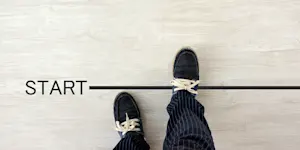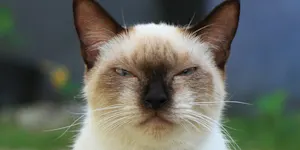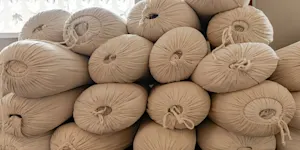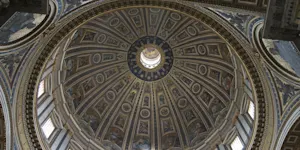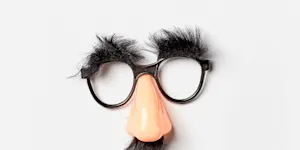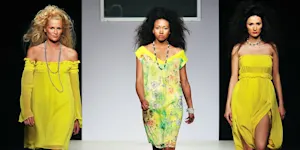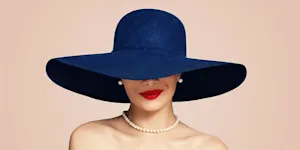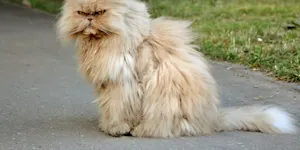What Makes This Word Tick
The word "peignoir" is one of those delightful fashion terms that sounds fancy and refined. Originating from the French word "peigner," meaning "to comb the hair," it has a strong association with elegance and the act of leisurely preparing one's appearance. A peignoir typically refers to a light, often sheer dressing gown or robe, usually worn by women while getting their hair done or lounging around stylishly—just the kind of detail that elevates a morning routine into a glam affair.
If Peignoir Were a Person…
If peignoir were a person, she'd be the kind of lady who drifts gracefully through her sunlit parlor, perhaps humming a tune from an old musical. She'd have a flair for the timeless classics, prefer tea in real china cups, and always have fresh flowers in each room. Elegant and poised, this person could easily belong to a vintage Hollywood film set in a grand house in Bel Air.
How This Word Has Changed Over Time
Originally from the 18th century, peignoirs were practical garments worn to protect one's clothing while arranging hair. Over time, they morphed from utility items into symbols of luxury and relaxation. While the classic association remains, modern fashion has seen variations, with some styles being more decorative than functional, but the essence of refinement persistently clings to the term.
Old Sayings and Proverbs That Use Peignoir
Sadly, the peignoir does not enjoy a long history in the annals of old sayings and proverbs. But it fits beautifully in the kind of setting where one might say, "She dressed to the nines," as it's often found adorning those who take pride in every detail of their appearance before stepping out the door.
Surprising Facts About Peignoir
You might be intrigued to know that peignoirs were not exclusively worn by women. Men of the upper classes in Europe also favored opulent robes for lounging around their abodes in the 18th and 19th centuries. Another surprise? Some peignoirs are truly works of art, made with delicate lace or embroidery that reflect not just fashion trends but also the textiles' artistry of their time.
Out and About With This Word
Though you won't spot many peignoirs outside your local grocery store, they do pop up in luxury hotels and spas where relaxation and indulgence are the orders of the day. Vintage collectors or those with an eye for fashion history might also keep an eye out for exquisite examples at antique fairs or auctions.
Pop Culture Moments Where Peignoir Was Used
In the iconic Hitchcock film "Psycho," Janet Leigh's character Marion Crane wears a peignoir, evoking both elegance and vulnerability before the famed shower scene. This garment frequently appears in period dramas, subtly indicating a character's social status or personal style without needing further explanation.
The Word in Literature
Peignoirs have graced the pages of many novels, frequently evoking a sense of a bygone era's luxury and femininity. In the world of classic literature, a mention of a peignoir often serves to set the scene, creating a vivid picture of refined evening leisure or lavish morning rituals in works spanning from Edith Wharton to more modern historical fiction.
Moments in History with Peignoir
While the peignoir itself hasn't taken center stage in any particularly fiery historical moment, it has been a staple of upper-crust loungewear since its adoption by European aristocrats in the 18th and 19th centuries. Its role behind the scenes of history, however, as part of the daily life of influential figures, is intriguing—even if its wearers wore it while signing treaties rather than leading rebellions.
This Word Around the World
In French, "peignoir" retains its original meaning related to hairstyling and dressing gowns. However, in other cultures, similar garments might be referred to with varying terms, all hinting at comfort and sophistication. In Japan, for example, the yukata fulfills a similar role as lightweight, casual wear.
Where Does It Come From?
Derived from the French "peigner," this word historically links directly to one's hair regimen. It speaks to a time when daily grooming rituals were more elaborate, complete with specialized garments to match. Not just an article of clothing, the peignoir represents a nod to an intricate and less hurried past.
How People Misuse This Word
Sometimes people mistake "peignoir" for just any robe, but it's more specifically associated with a certain lightweight aesthetic often intended for the bedroom or bathroom. It's not to be confused with heavier robes or those donned outdoors like bathrobes or kimonos.
Words It’s Often Confused With
Robe: A more generic term that includes peignoirs but also heavier, thicker garments.
Negligee: Often confused with peignoirs due to their both being intimate, feminine attire.
Kimono: Though similar in form, kimonos are culturally distinct and have a different historical lineage.
Additional Synonyms and Antonyms
Synonyms for peignoir might include dressing gown, nightgown, or housecoat. Antonyms could be something like a jacket or overcoat, indicating garments meant for outdoor or public wear rather than intimate, at-home attire.
Want to Try It Out in a Sentence?
"Drifting through her morning routine, she wrapped herself in a cloud of lace and chiffon—her grandmother's cherished peignoir—feeling the day's elegance seep from garment to soul."


